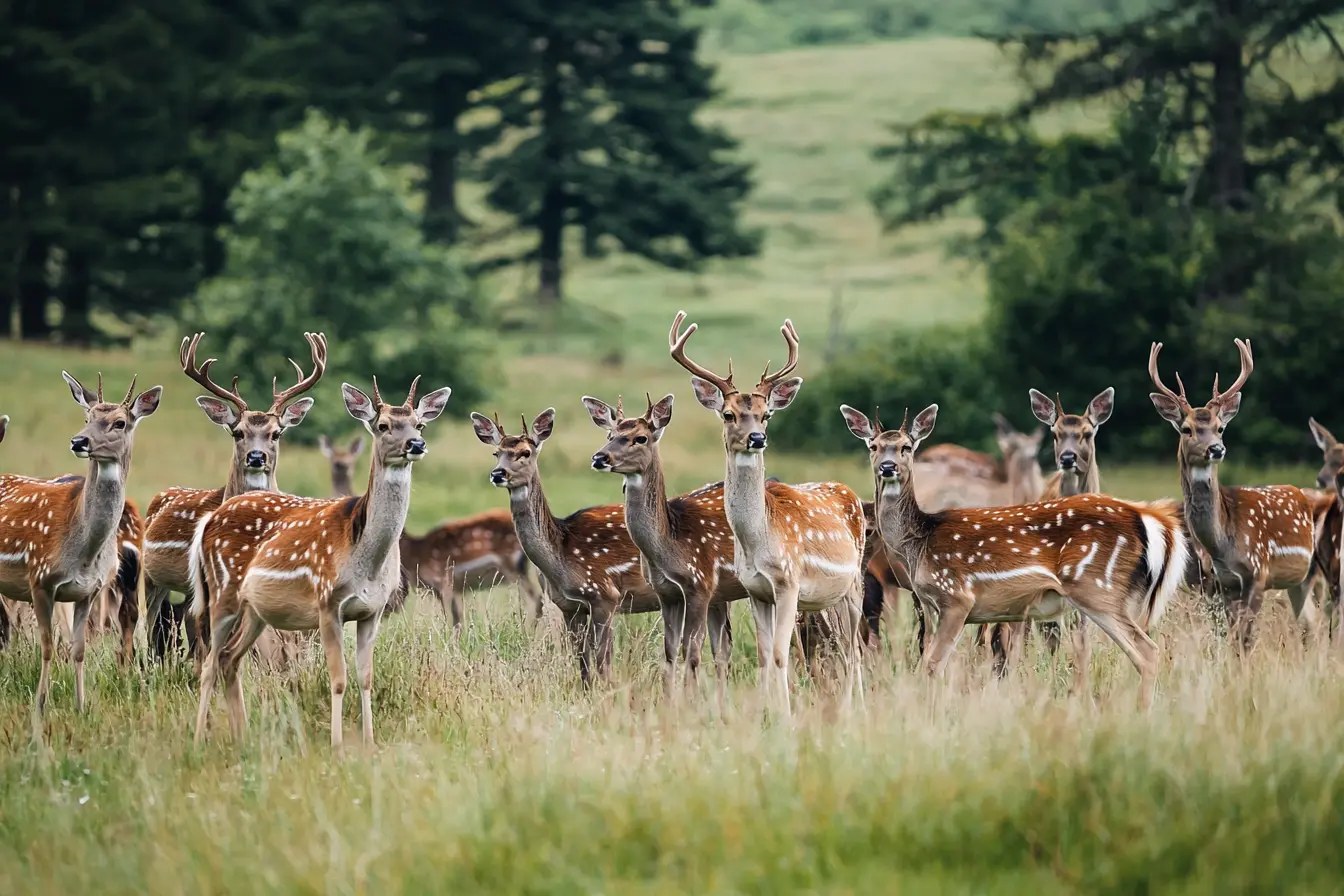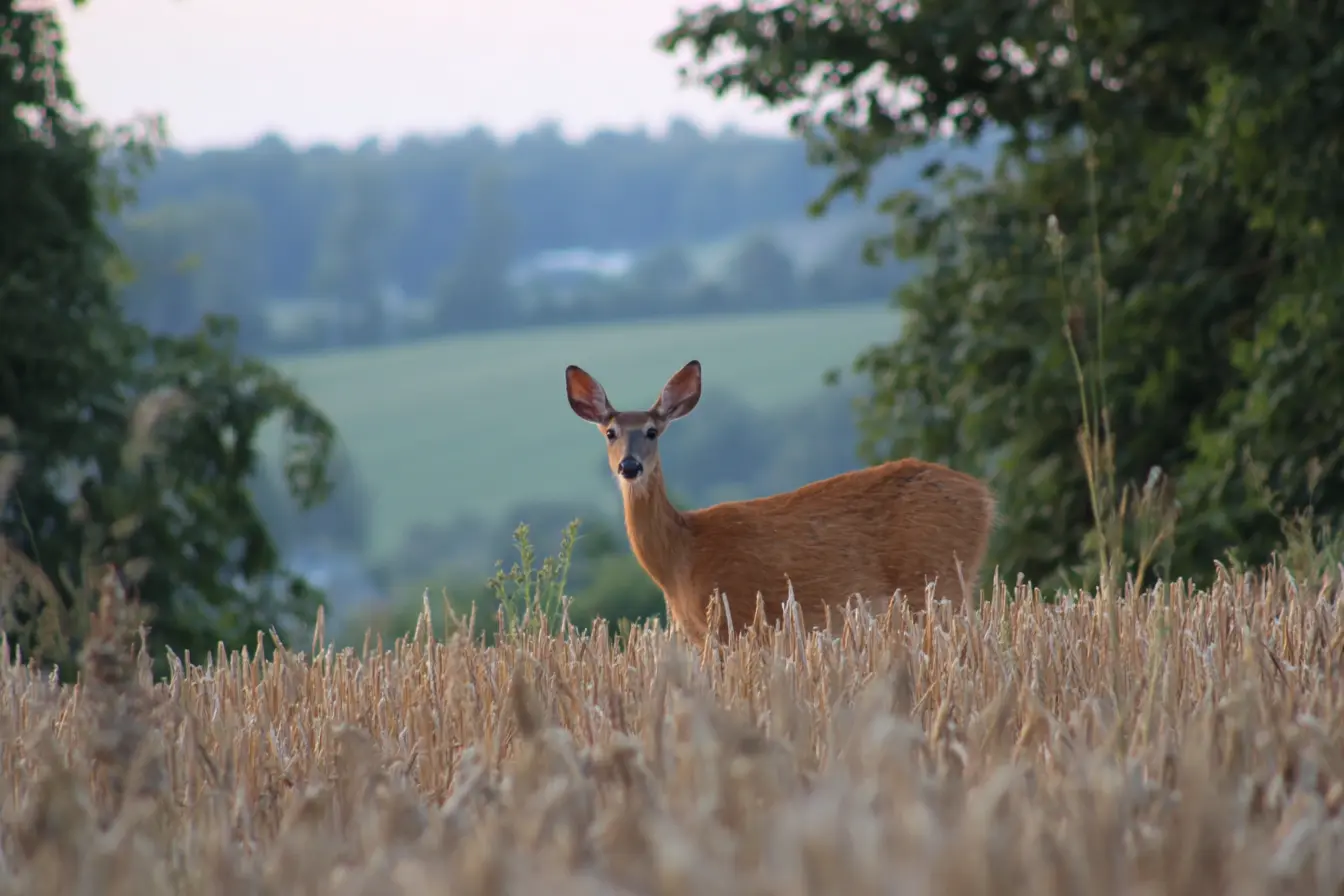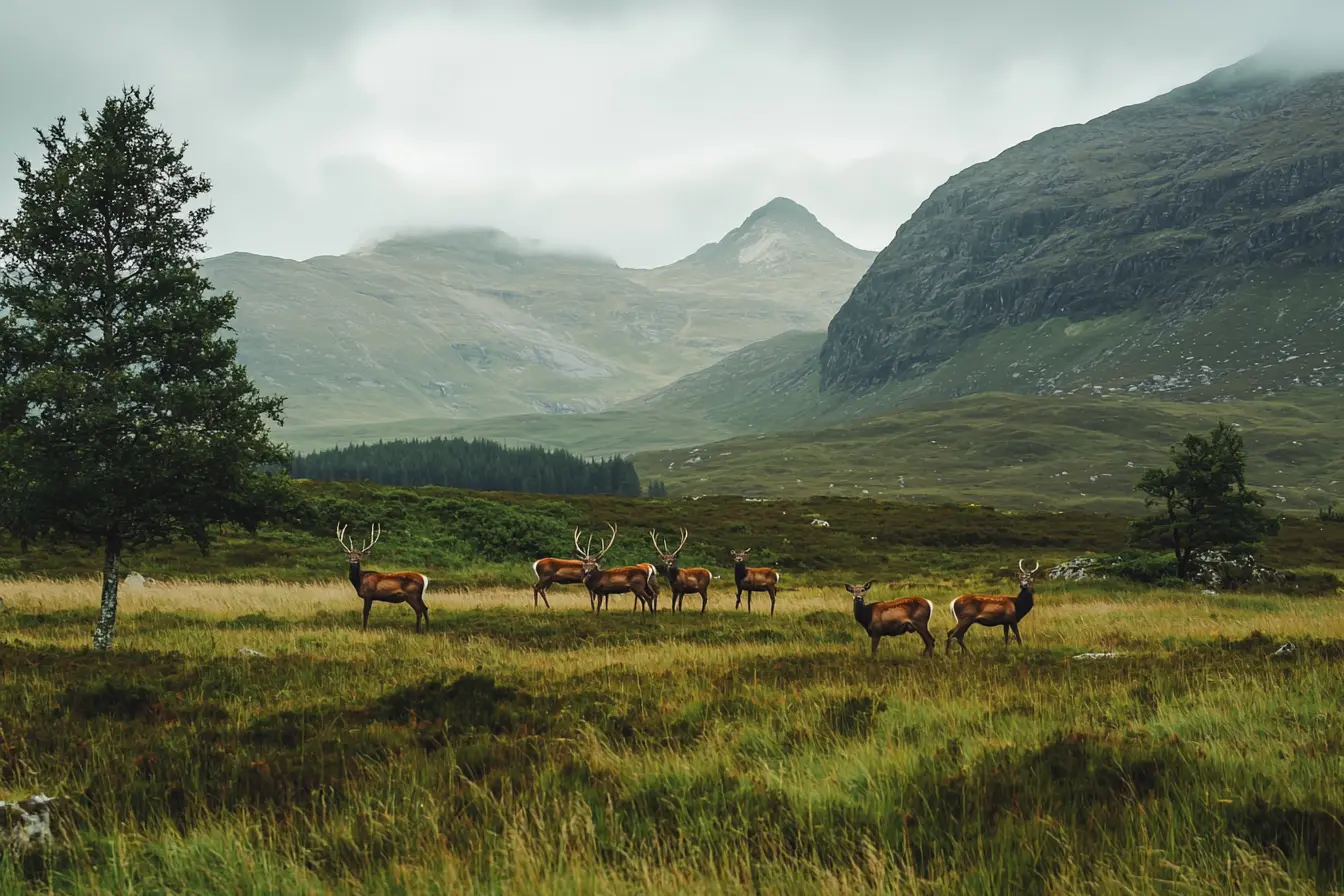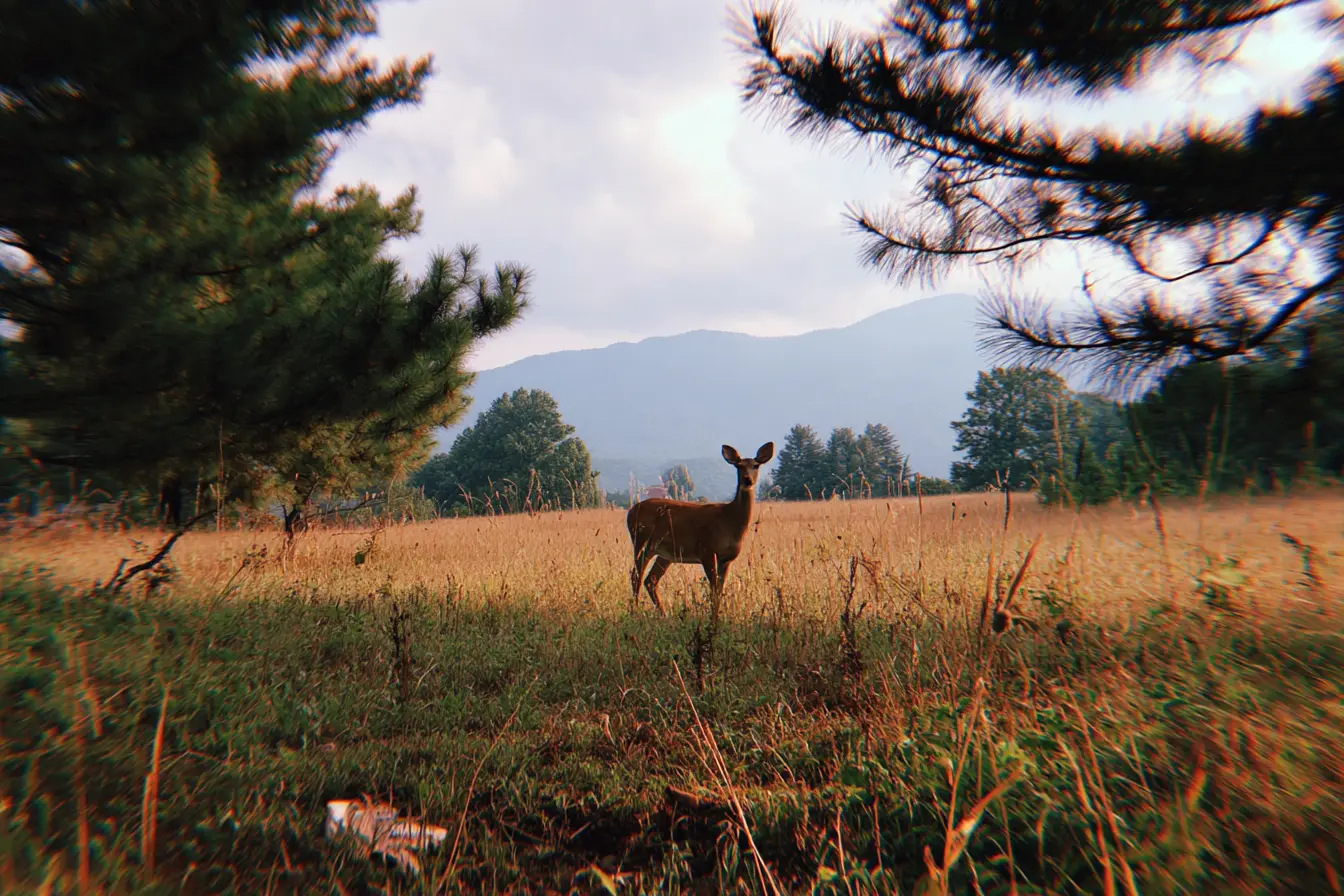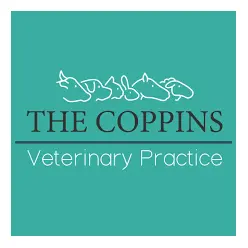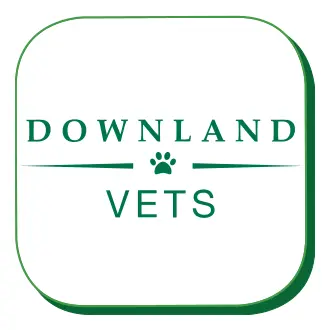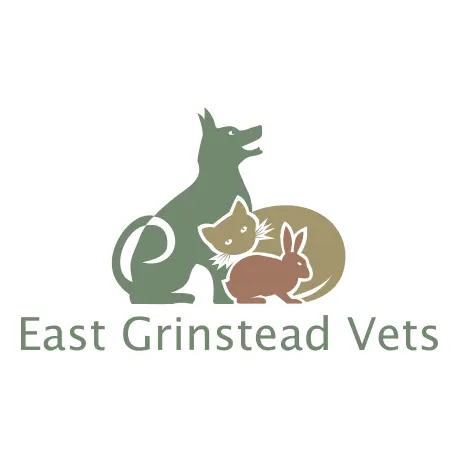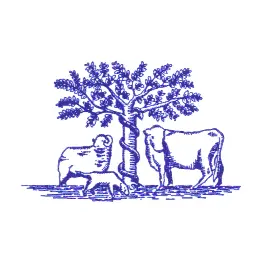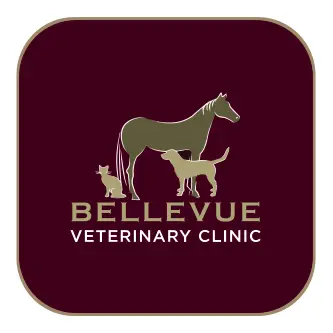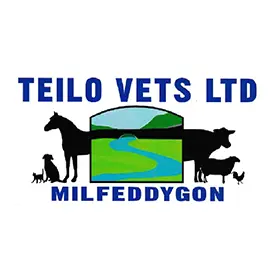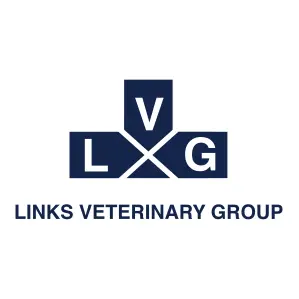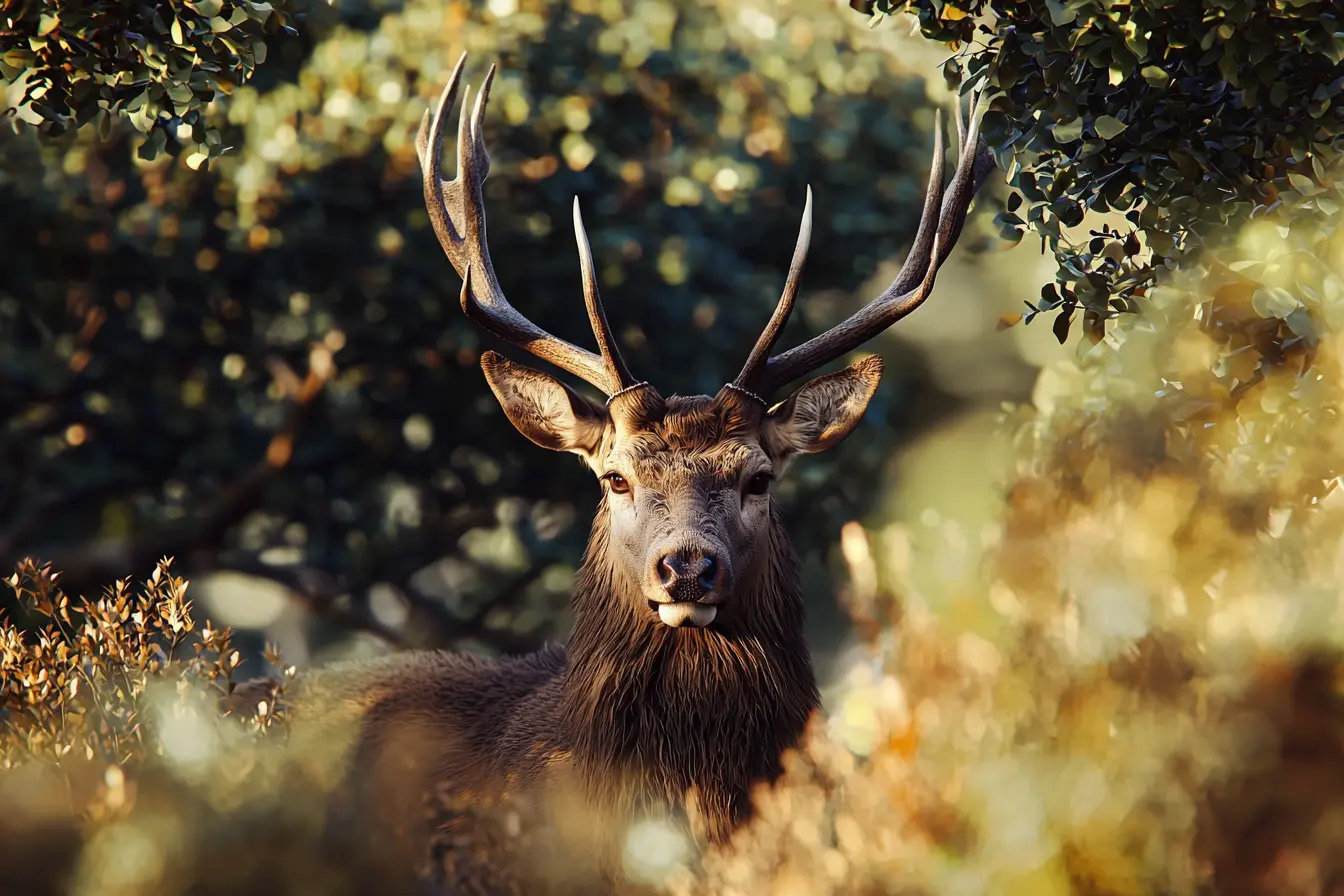
A Comprehensive Guide to Keeping Deer in the UK
Keeping deer can be a rewarding but challenging endeavour. Whether you're considering deer for conservation, farming, or as ornamental livestock, there are many factors to consider, from legal requirements to fencing, feeding, and healthcare. This guide covers everything you need to know before embarking on deer ownership in the UK.
Legal Considerations
Before you acquire deer, it’s essential to understand the legal requirements surrounding deer ownership in the UK.
Licensing and Regulations
- A licence is not generally required to keep deer on private land, but they must be securely contained.
- The Deer Act 1991 protects wild deer species, making it illegal to hunt or harm them in a cruel manner.
- If you plan to farm deer for meat, hides, or antlers, you may need approval from the Food Standards Agency and must comply with animal welfare standards.
- If you intend to transport deer, you must follow the Welfare of Animals (Transport) (England) Order 2006.
Import and Ownership Restrictions
- Some non-native deer species require additional licensing if classified as invasive.
- Releasing captive deer into the wild is illegal unless part of an authorised conservation project.
Choosing the Right Deer Species
There are six species of deer in the UK, but not all are suitable for private ownership.
- Red deer are large, social, and strong. They are best suited for large estates or deer farms.
- Fallow deer are medium-sized and adaptable. They are well-suited to parkland settings.
- Roe deer are small and solitary. They are less suited to captivity and are better for conservation purposes.
- Muntjac deer are small and hardy. They are popular for private collections but can be invasive.
- Sika deer are medium-sized and shy. They require careful handling.
- Chinese water deer are small and non-antlered. They are uncommon in captivity but adaptable.
Your choice should depend on the space available, your goals (farming, conservation, or ornamental purposes), and your ability to manage their needs.
Fencing and Enclosures
Keeping deer securely contained is one of the biggest challenges. Poor fencing can lead to escapes, injuries, or legal liabilities.
Fencing Requirements
- Fences should be at least 1.8 metres high for smaller deer such as muntjac, and at least 2.4 metres high for larger species such as red and sika deer.
- Strong post-and-wire fencing is recommended, preferably high-tensile.
- Some deer may try to squeeze under fences, so the base should be secured.
- Double gates should be used to prevent accidental escapes when entering or exiting.
Space Considerations
- Deer need plenty of room to roam. A minimum of two to five acres per deer is advisable.
- There should be shelter, shade, and access to natural features such as trees and hedgerows.
Feeding and Nutrition
Deer are herbivores and require a diet rich in fibre.
Natural Diet
- Grass, leaves, and twigs form the basis of their diet.
- Acorns, chestnuts, and fruits can be seasonal supplements.
Supplementary Feeding
- In winter, additional feeding may be necessary, including:
- Hay or silage
- Specialist deer pellets
- Mineral supplements
- Bread and processed foods should be avoided as they can be harmful.
- Fresh water should always be available in multiple locations.
Health and Veterinary Care
Regular health checks and preventative care are essential.
Common Health Issues
- Internal parasites such as worms and external parasites such as ticks are common. Regular deworming is advised.
- Foot rot can occur in wet, muddy conditions.
- Malnutrition can be a risk if the diet is not properly balanced.
- Injuries from fence entanglement or antler fights should be monitored and treated.
Veterinary Support
- Not all vets specialise in deer, so it is important to find one with experience in deer management.
- Annual health checks and vaccinations (if required) should be planned.
Handling and Behaviour
Deer are naturally skittish and require careful handling.
Understanding Deer Behaviour
- Most species are flighty and stress easily.
- Males, also known as stags or bucks, can be aggressive during the rut, or mating season.
- Social structures vary, with red and fallow deer preferring herds, while roe and muntjac are more solitary.
Safe Handling Techniques
- Minimal human contact is best unless the deer are hand-reared.
- Calm, slow movements should be used when working around them.
- Handling pens should be designed to minimise stress, with curved raceways and solid-sided pens being the most effective.
Breeding and Reproduction
If you plan to breed deer, you need to prepare for the challenges of the rutting season and fawn care.
Mating Seasons
- Red, fallow, and sika deer have their rut in autumn, from September to November.
- Roe deer have their rut in summer, from July to August.
- Muntjac breed year-round.
Pregnancy and Birth
- Gestation lasts between six and eight months, depending on the species.
- Secluded areas should be provided for birthing.
- Does or hinds should not be disturbed during calving.
Fawn Care
- Most species leave their fawns hidden in vegetation.
- Fawns should not be handled unless they are in distress.
Costs of Keeping Deer
Owning deer is a long-term commitment with significant financial costs.
Initial Setup Costs
- Land and fencing can cost between £5,000 and £20,000 or more, depending on the acreage.
- Shelters and handling facilities can range from £1,000 to £5,000.
- Purchasing deer can cost anywhere from £100 to £5,000 per deer, depending on the species.
Ongoing Costs
- Feeding can cost between £500 and £3,000 per year, depending on herd size.
- Veterinary care may cost between £200 and £1,000 annually.
- Fencing maintenance can cost at least £500 per year.
Ethical Considerations
Keeping deer should be done responsibly and ethically.
Welfare and Conservation
- Natural behaviour should be prioritised by avoiding overcrowding and providing enrichment.
- Crossbreeding species should be avoided unless for a specific conservation purpose.
- Releasing captive deer into the wild without permission is illegal.
Alternative Options
- If keeping deer seems too challenging, supporting local deer parks or conservation projects may be a more suitable way to contribute to deer welfare.
Final Thoughts
Keeping deer can be a wonderful experience, but it requires careful planning, investment, and a commitment to animal welfare. Whether you aim to manage deer for farming, conservation, or aesthetic purposes, ensuring adequate space, proper nutrition, and secure fencing is crucial to their well-being.
If you are serious about keeping deer, consult with deer farmers, conservationists, and veterinarians before making a decision. With the right knowledge and preparation, you can create a safe and sustainable environment for these magnificent animals.
Related Vets
Vets near you
Speciality vets
- Aquatics vet specialists
- Birds vet specialists
- Camelids vet specialists
- Cats vet specialists
- Cattle vet specialists
- Deer vet specialists
- Dogs vet specialists
- Equines vet specialists
- Exotic vet specialists
- Goats vet specialists
- Pigs vet specialists
- Poultry vet specialists
- Sheep vet specialists
- Small Mammals vet specialists
- Wild vet specialists
